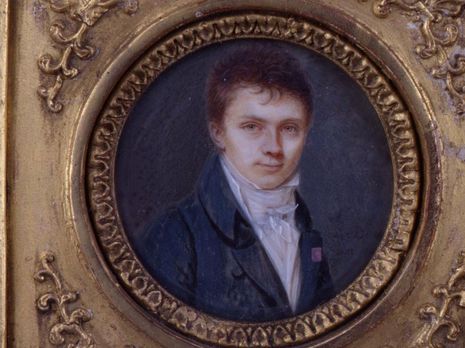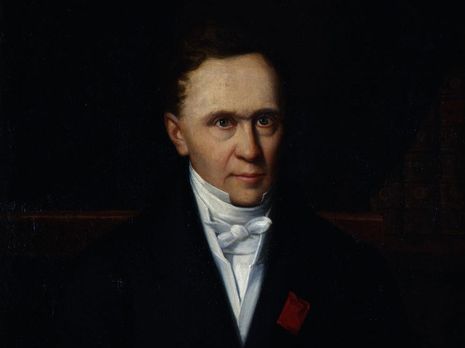Jean-Marie de Silguy
Jean-Marie de Silguy was born in 1785 at the Château du Bot in Quimerc’h, the property of his maternal family, approximately thirty kilometres from Quimper. His mother, née Conen de Saint-Luc, belonged to one of the oldest noble families in Brittany who, at the time of the Revolution owned the finest collection of works of art in lower Brittany. His great grandfather and his grandfather were both Presidents of the Breton Parliament. His great-uncle was the Bishop of Quimper. On his paternal side, his father, Toussaint de Silguy, belonged to a family of minor nobility and lived off his properties. His great grandfather and his grandfather were seneschals of Cornouaille.
The young Jean-Marie, after studying at high school in Quimper, became a student at the Ecole Polytechnique in 1804. After the Ecole d’Application des Ponts et Chausses, he began a brilliant career as an engineer which led him to construction sites and postings to in Finistère, then to Nantes, Mont-de-Marsan, Bordeaux and finally in 1842 to Paris, where, as Inspector General, he was responsible for the entire South West. In his career, which began with the completion of the Nantes to Brest canal and ended with the building of the first iron bridge at Saint-André-de-Cubzac, he demonstrated a great capacity for action and openness to new techniques.
He built up the greater part of his collection during his stay in Paris, from 1842 to 1852, with revenue from assets, particularly following the death of his mother in 1848. He bought a lot at auction and wanted to build up a gallery of paintings, covering the different styles of European schools from the 15th century to his time. Half of his collection is devoted to French works, the other half to Italian, Spanish, Flemish and Dutch. When his financial situation did not allow him to acquire works of the great masters of the 15th, 16th and 17th centuries, he bought copies, more or less of the same period, in order to fill the gaps in his art collection. Jean-Marie de Silguy included some new works in the catalogue of his collection, and no doubt resorted to his important collection of engravings. These were essentially print reproductions from the 18th and early 19th centuries, a real photo library. He was not particularly interested in work inspired by Brittany.
De Silguy withdrew to Quimper in 1852 to enjoy his retirement. He remained unmarried and had no children, and was mainly concerned with his collection, which he catalogued meticulously, and the administration of Quimper.
It was not at all surprising then that at his death in 1864, at the age of 79, he left his collection to the town. The legacy had only one condition: that the town of Quimper should build a museum to house the collection.
« In short, the works of art in my collection are too numerous for a private home and besides I want to show my attachment to the town of Quimper where I was brought up. I decide therefore to gift my collection to the town, believing that if these works are on show somewhere open to the public, they will be useful to students from all walks of life. The town council will no doubt deem that in order to receive these assorted works, including paintings, engravings, sculptures and books, it will have to build suitable premises, and the donation is made on that condition… »


